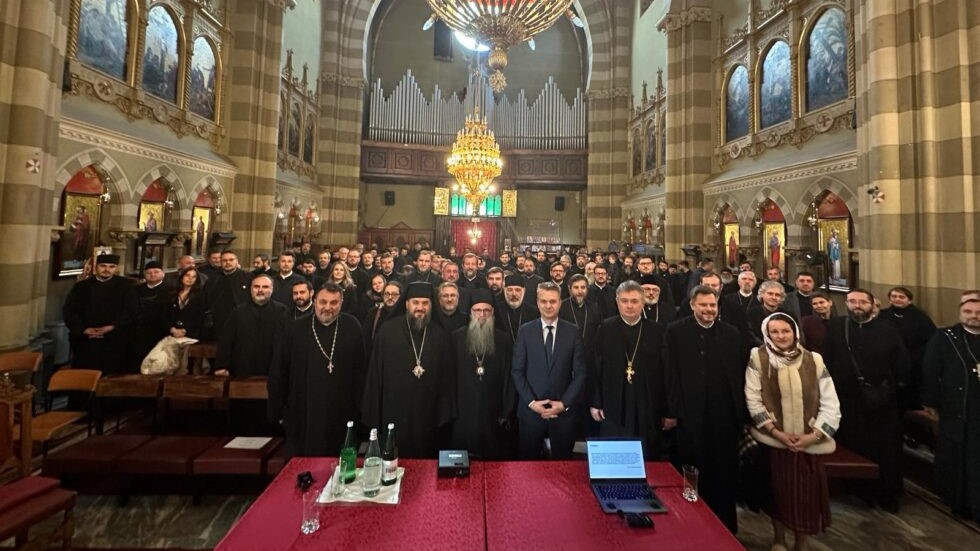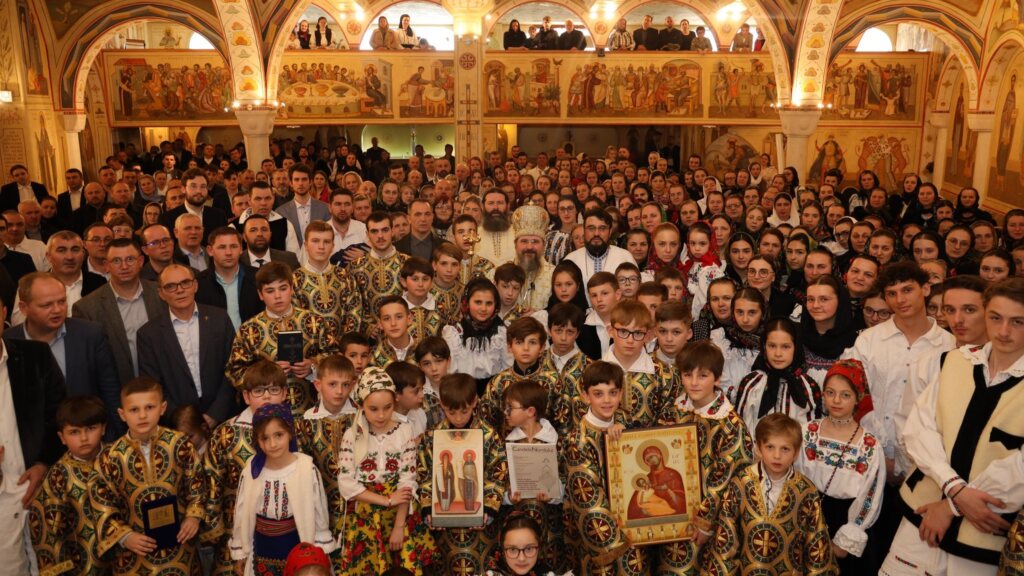The Library of the Romanian Academy launched a facsimile transcription of the manuscripts written in 1713 by Filothei sin Agai Jipei, a renowned Romanian protopsaltes.
Filothei sin Agai Jipei the Athonite was a church chanter close to Saint Anthimos the Iberian, Metropolitan of Wallachia, and had a major contribution to the adapting of the Byzantine hymns to the Romanian language (Romanianization).
In the Preface the author notes that he composed the hymns ‘not according to the Latin or Russian crafts,’ because ‘what is chanted in the church should not only be chanted, but also understood by the Orthodox Christians.’
The expressiveness of the language used and the richness of the linguistics highlight Filothei as a refined connoisseur of the spirit of the Romanian language and as a true man of culture.
I love this term of ‘Romanianization’
Attending the book launch on Nov. 19, the Vice-President of the Romanian Academy Razvan Theodorescu noted that the anastatic edition of the manuscript represents a major contribution to the history of Romanian music and culture.
‘Even those of us who are not specialists in the history of music know what represented Filothei sin Agai Jipei, the protopsaltes of Saint Anthimos the Iberian, and manuscript 61 from the Library, printed on good quality Venetian paper during Brancoveanu’s era, is simply a masterpiece as regards its decoration with that so naïve portrait of Brancoveanu, with the floral decoration and all that this manuscript means for the Romanianization of the Romanian music.’
‘I really love this term of Romanianization, because the Brancovenesque style, from all points of view, including Filothei, is a cultural style of the Romanianization,’ Academician Razvan Theodorescu told Agerpres.
According to the coordinators of the edition, the 536-page volume, printed in excellent graphic conditions, is an anthology of church hymns, which can be considered a true musical treasure, but also a monument of the Romanian language.
Photography courtesy of Basilica.ro
Follow us on Twitter: @BasilicaNews






